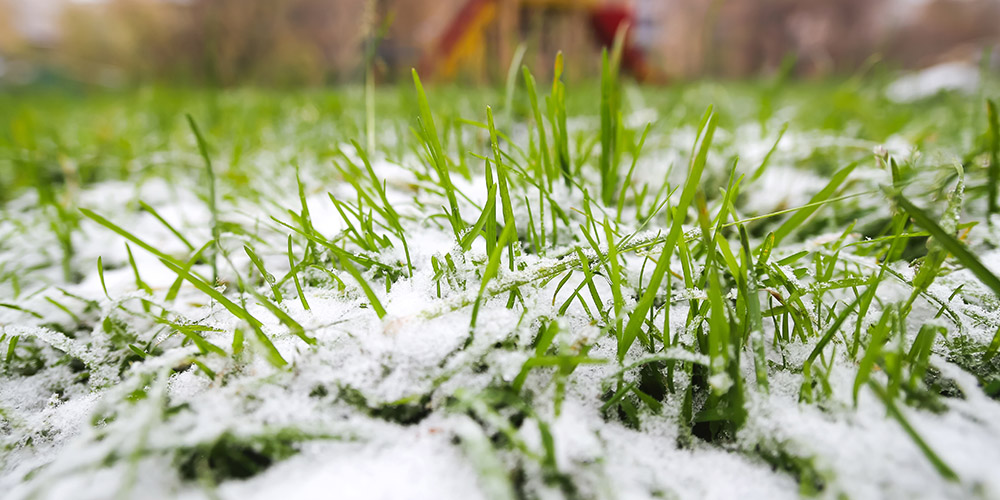There’s no denying that winter came a little late this year and this required some adjustments to the winter lawn care schedule of a lot of gardeners. But, now that you can feel the significant drop in temperatures and it’s already snowing occasionally, steps need to be taken to not only protect your lawn and garden for much harsher weather but also to prepare them for the next season.
Early winter lawn care, Midlothian, Virginia gardening experts say should be focused on three things: tidying up the lawn, protecting newly planted bulbs and tender plants, and cleaning the tools. These are the fundamental tasks to carry out in order to ensure the healthy revival of your lawn and garden after the freezing cold season.
1.Tidying up the lawn
This is a must before the cold of winter fully sets in because you do not want fallen branches, leaves, and twigs from the previous season to matte on your lawn or garden floor. Matted leaves can make the ground quite slippery especially on those days when snow turns to slush.
Furthermore, the build-up of matted branches, leaves and twigs can suffocate your lawn. This will prevent turf and other plants from coming back to life in the spring. So, rake your lawn and gather all the fallen branches, leaves and twigs, and dispose of them responsibly. Or, if you have a compost heap, you can add them in as long as you are sure that they are not infected with certain plant diseases or have pests in them.
As you are tidying up the lawn, keep an eye out for poison ivy, too. These are leaves of three that often also have whitish berries on them. It may be a little difficult to properly identify them so go online to see the varying appearances of this garden nuisance. If you spot them in your lawn or garden, get rid of them right away because they are resilient and grow densely in the spring.
Finally, give your turf the final cut and apply corn gluten evenly across the lawn.
2.Protecting the newly planted bulbs and tender plants
If you have planted new bulbs and seeds during the fall, you need to protect them from the snow or winter freeze so they will blossom in the spring. This will require a bit of carpentry work but this is absolutely necessary. Set up a frame with fine mesh screens around your planters or plant beds. Perhaps, even drape a large piece of light cloth to protect the plants from freezing in the winter, and water the plants.
The watering bit is crucial in the winter because it will keep the soil wet, which will then prevent roots from freeze injury as temperatures continue to drop.
As for the tender plants in your garden or lawn such as dahlias, bring them indoors. Boxwood and fig trees, meanwhile, should be wrapped.
Also, continue to weed during the early part of winter. If you still see some weeds growing in your yard that you may have missed in your fall lawn care, kill them off already. Weeds spring back to life easily once the weather gets warm. They grow quite aggressively and can affect the growth of the bulbs and seeds you planted before the winter.
3.Cleaning your tools
After completing all lawn-related tasks, it’s time to take care of all your gardening tools. You will not be using them for several weeks, so, before storing them in the shed, clean them thoroughly, advise lawn care professionals.
- Brush off hardened dirt from your shovels, trowels, and rake.
- Clean and disinfect your pruners using a diluted bleach solution, especially if you used them to cut poison ivy or diseased parts of a plant.
- Give your lawn mower a thorough clean-up as well.
- You may want to sharpen all your cutting tools, too.
- Taking care of your tools will prolong their service life and save you money.
These are the most important tasks for early winter lawn care. Perform them well and ensure a less demanding spring lawn care routine come new year.

